(MENAFN- Asia Times) The financial Times recently reported that when US President Joseph Biden and Japanese Prime Minister Fumio Kishida meet in April they will announce a plan to restructure the relationship between US and Japanese forces in Japan.
The objective is to make for more effective operational planning and exercises – with an eye to better handle the threat from the People's Republic of China (PRC). Such articles produce a flurry of excitement, if not hope, as the basic idea is a good one and decades overdue.
Despite a six-decade-old defense relationship, US and Japanese forces (except for the two navies and the area of missile defense) still can't work together very well and would be hard-pressed to fight a joint war, including in the event Taiwan is attacked by China.
Together, US and Japanese forces are less than the sum of their parts.
So, talk of a restructuring conjures up images of finally having a joint headquarters in Japan where American and Japanese officers get on with the business of defending Japan. Such an HQ could coordinate training, exercises and patrols as well as plan and do what's necessary for peacetime and wartime operations.
You mean there isn't such a headquarters? No, there isn't. And this really is a prerequisite for any sort of serious Japan-US defense strategy. Otherwise, everything is done on a haphazard ad hoc basis.
Is this about to be solved? Read the Financial Times article a few times and the excitement wears off.
It seems the idea is to rejigger US Forces Japan by installing a four-star general in command (currently it's a three-star) and letting it plan some exercises and share more information with the new Japan Self-Defense Force (JSDF) joint operational headquarters set to come on-line next year.
But, for the foreseeable future, the ultimate“command” of all US forces in Japan will remain in Hawaii at US Indo-Pacific Command headquarters.
The article does suggest that some thought will be given to a more effective operational tie-up with the JSDF sometime in the future.
But, for now, nothing reported in the Financial Times piece will do much, if anything, to improve the ability of US and Japanese forces to operate together – and, if push comes to shove, to fight together.
Latest stories
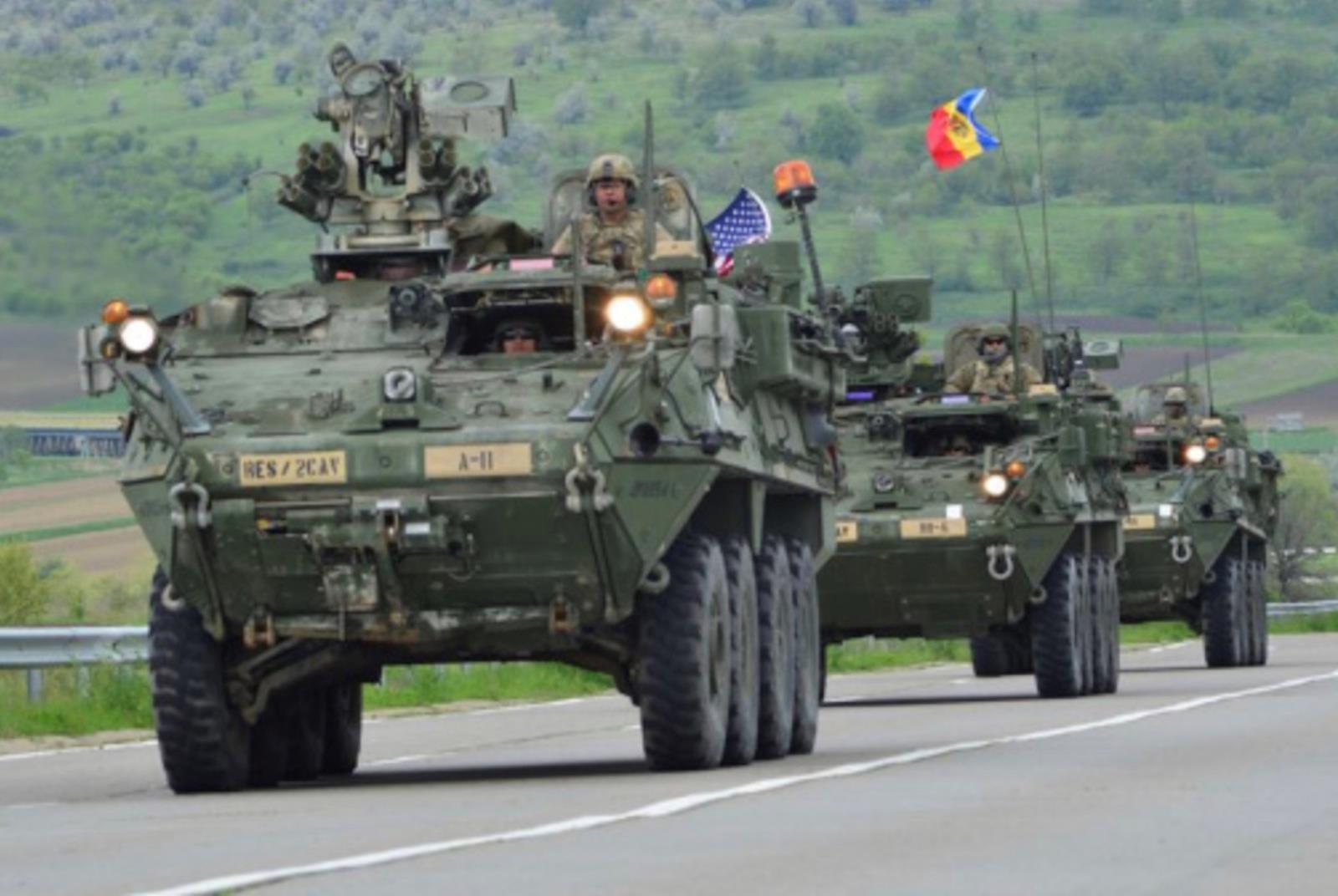
US troops in Moldova in emerging Plan B for Ukraine
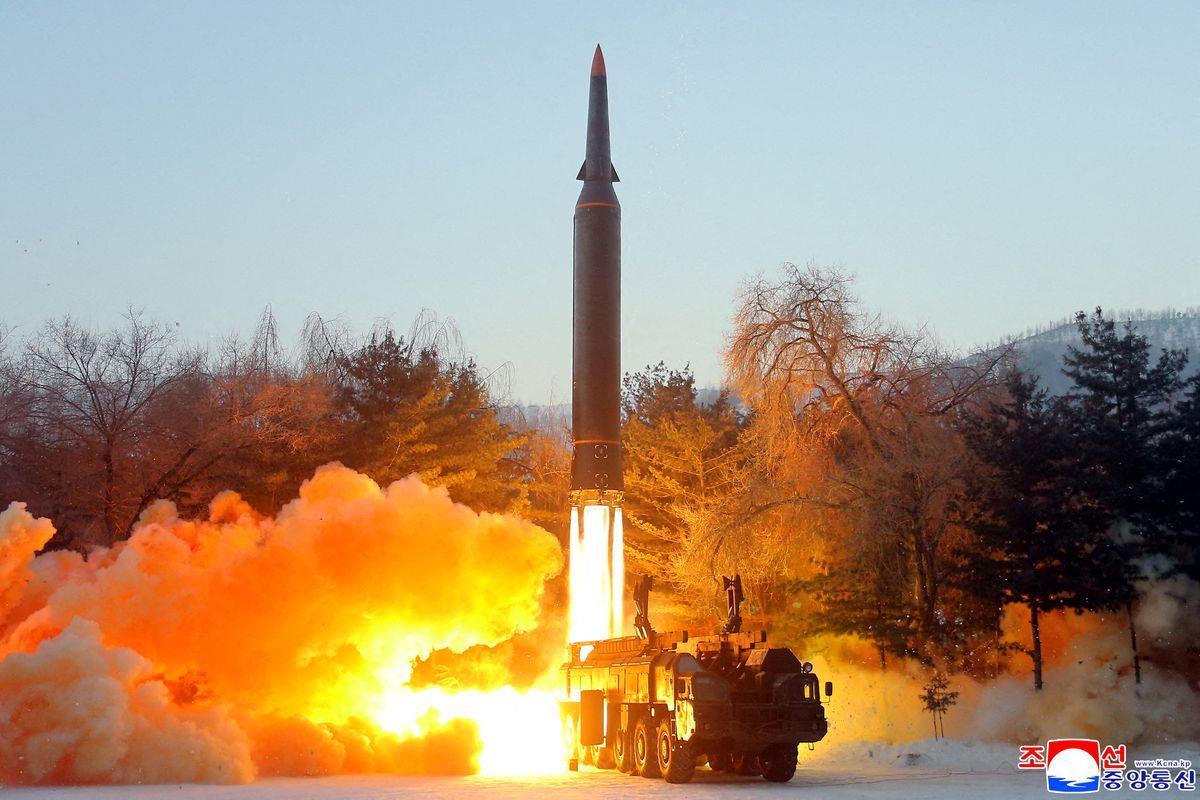
North Korea-Japan enmity going hypersonic
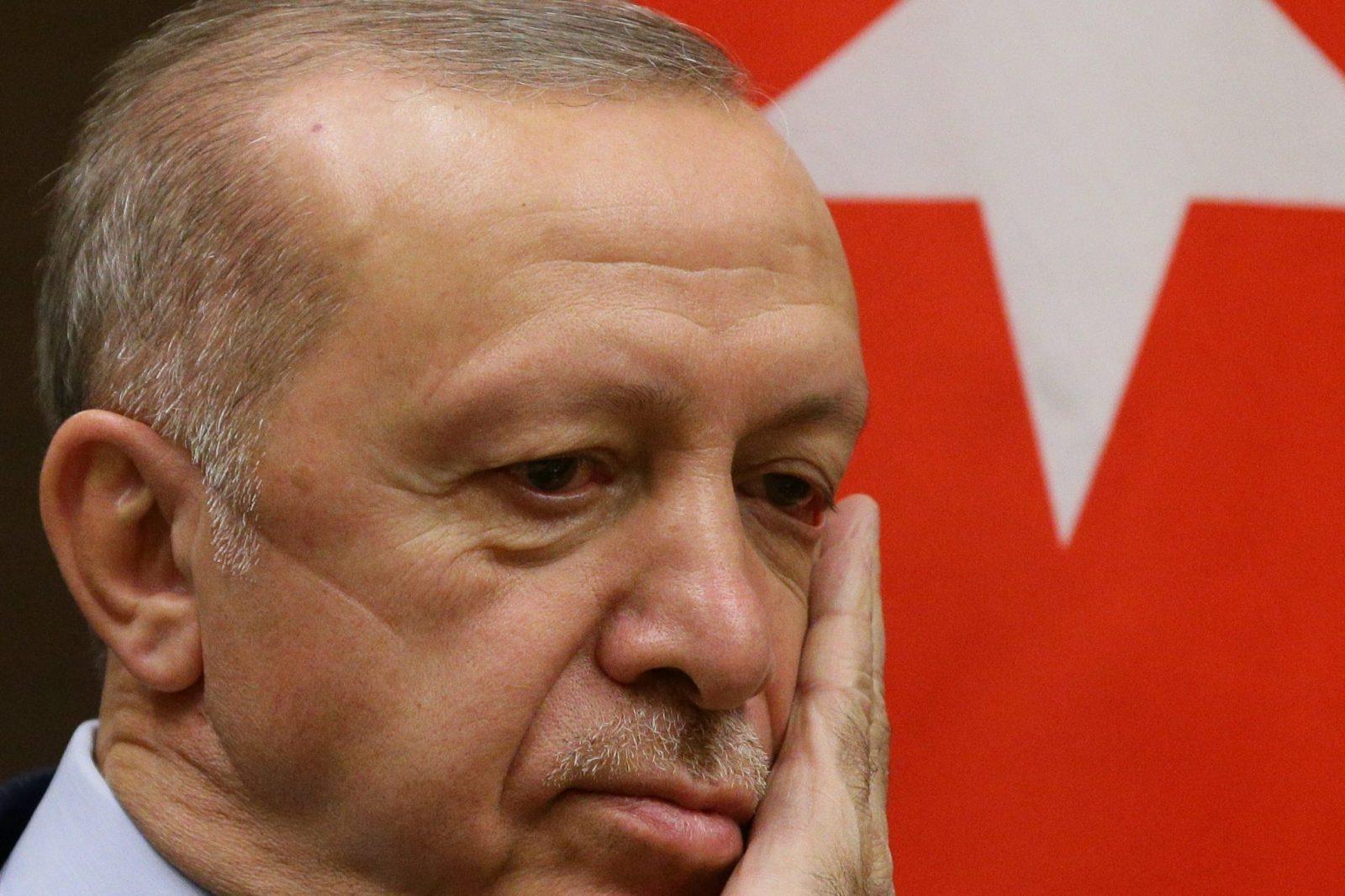
Turkey's economy paying the price for years of policy mishaps First, assigning a four-star general to USFJ isn't exactly salvation on the wings. Four-star generals ran the wars in Iraq and Afghanistan for over 20 years. How did they do? Winning wars does not appear to be a requirement for generals who get promoted to the top rank.
There are exceptions to everything, of course. If they were to recall retired Admiral Robert Willard and his team which from 2009 to 2012 ran the US Pacific Command (as it was called before the 2018 name change) and send them to Japan with proper marching orders and authority, I'd change my mind.
![]()
US Admiral Robert F Willard. Photo: US Navy / James E FoehlSecond, without any operational control over anything, USFJ looks likely to continue its principal role as the“designated apologists” (said only half tongue-in-cheek) when Japan complains about something the American military has done.
A four-star commander's apologies might have more clout but USFJ will still seem irrelevant when it comes to Japanese and US forces doing actual operations and fighting.
Japanese forces now coordinate with USINDOPACOM in Hawaii, an arrangement that is inefficient to say the least. It would be better to set up a headquarters (or something serving that function) in Japan to handle the bilateral relationship and emplace a commander with real operational authority, as in able to conduct a war.
This requires a mindset and a structure entirely different from what currently exists. And, of course, the Japanese would also have to be fully invested, devoting the necessary attention and resources.
It is not apparent this is in the works on either side. Several have pointed out these shortcomings over the years, and there have been some good ideas. But there has never been interest at levels – either civilian or military – where it matters.
Indeed, US alliance managers told us for decades:
“The relationship has never been stronger,” adding that every exercise held with the Japanese was a“great success”
that“strengthened interoperability.”
And the commanders in Hawaii since, say, early 2012 onwards could not be bothered to push for bringing Japan and the US closer together in a meaningful, spelled operational, way. Not that the Japanese ever really pushed for it either.
The Financial Times article quotes now-retired Admiral Philip Davidson, who was USINDOPACOM commander from 2018-2021, as saying:
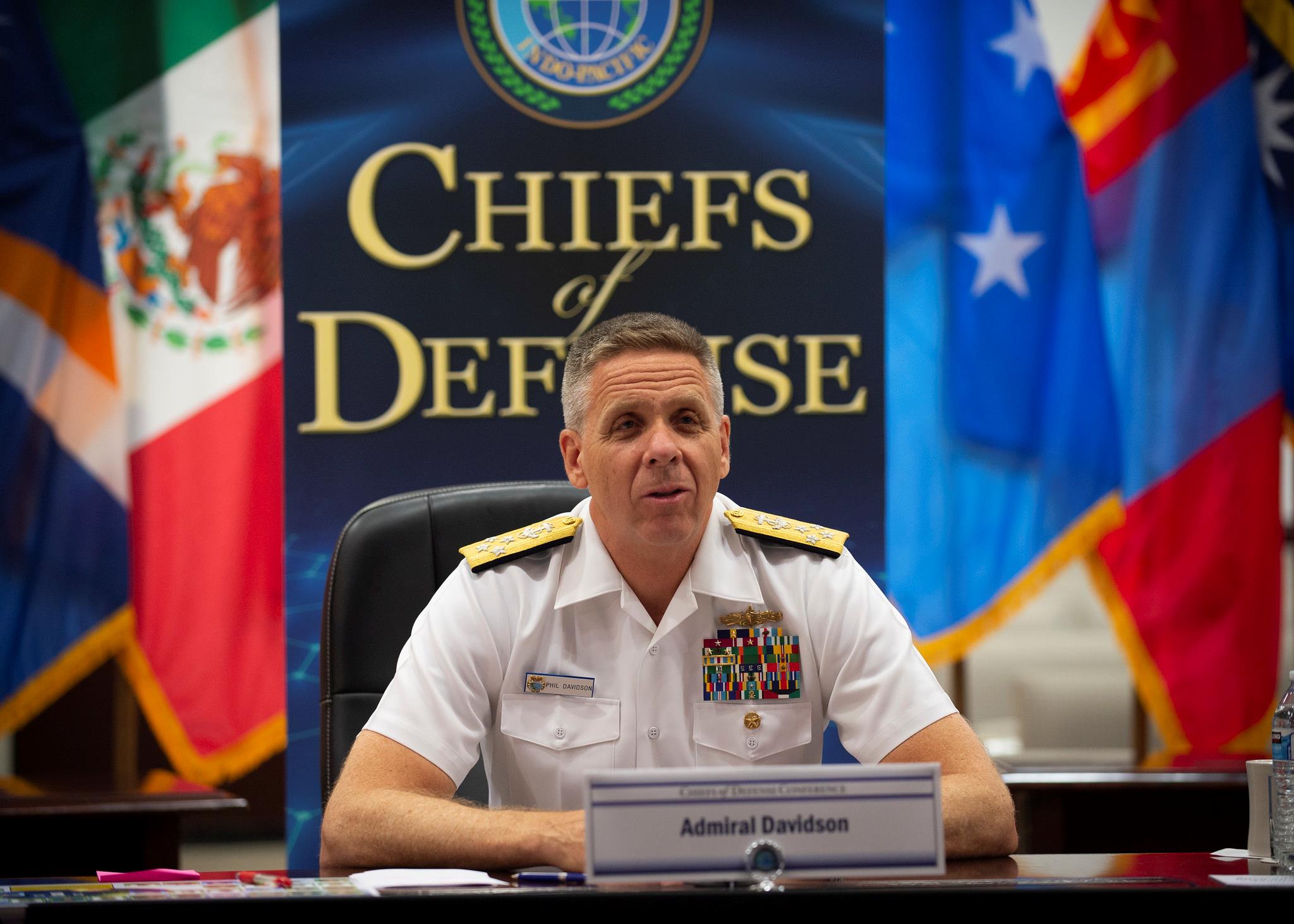
Admiral Philip Davidson. Photo: INDOPACOMOne might fairly say it was a logical next step years ago – and for the entire period of the Davidson tenure.
Every top leader of that command at least since Admiral Samuel Locklear (who arrived in 2012) should have had this as priority number one – and ought to have been judged accordingly.
Without a capable JSDF that's solidly linked to US forces and able to operate together, the US will be hard-pressed to maintain its position in the Indo-Pacific or to prevail in a potential conflict. And it was obvious back then.
Too much time was wasted – by people in Washington and Hawaii who had position and title (and presumably responsibility) – while China built into a powerful military and a serious threat.
Even now, it's not clear that there is a sense of urgency to improve the US-Japan military relationship so that it can fight a war properly. Making superficial modifications and installing a four-star at USFJ with a slightly expanded role – to“send a message” to China – does not indicate urgency.
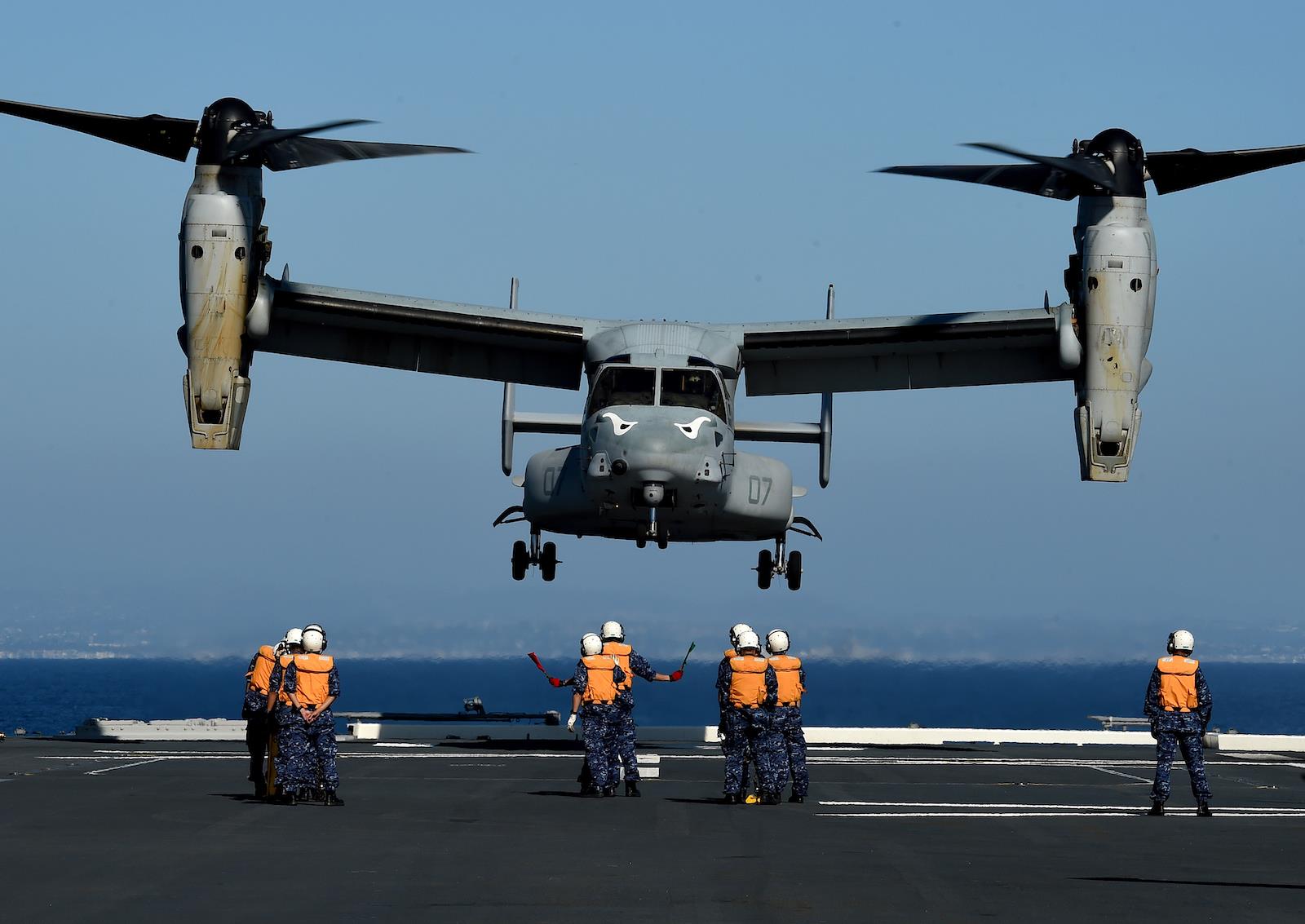
Japanese sailors aboard the Japan Maritime Self-Defense Force (JMSDF) ship JS Hyuga direct a US Marines MV-22 Osprey to land during the Dawn Blitz 2015 exercise off the coast of Southern California. Photo: Asia Times Files / AFP / Mark RalstonAs if the Chinese weren't smart enough to understand US-Japan actual operational capabilities. But let's see what is announced at the Biden-Kishida meeting. Maybe we'll be surprised and maybe we won't.
It is nonetheless astonishing that after 60-plus years the Americans and Japanese are such strangers and the military-to-military relationship is so superficial – if not downright Potemkin – in too many respects. Again, the exceptions of the two navies and missile defense show that it can be done if tried

Sign up for one of our free newsletters The Daily ReportStart your day right with Asia Times' top stories AT Weekly ReportA weekly roundup of Asia Times' most-read stories
But there is some good news: much good work is being done at lower levels between Japanese and American forces. If Biden and Kishida issued the order to“do the necessary so we can fight together (and go down to Yokosuka Naval Base if you need some ideas)” they would be surprised how quickly things could come together.
But, Newsham, enough with the complaining. What's your advice for getting a joint/combined US-Japan headquarters in Japan? Here's one idea: Establish a“Joint Task Force Nansei Shoto.”
This would have an immediate real-world mission: defending Japan's southern islands (also known as the Ryukyu Islands) and nearby areas. That requires real day-to-day coordination, specifically assigned forces and command and control to carry out the joint patrols, exercises and planning needed to defend an area that's already under Chinese pressure.
Put the actual headquarters on Okinawa. But, if necessary, you could run it out of Kyushu. This approach would also have considerable political and psychological effects – on Japan, on the US and on partners such as South Korea and Taiwan. But even more on the PRC.
Get this right and later expand to the entire US-Japan military relationship. How hard is it? As hard as you want to make it.
Grant Newsham
is a retired US Marine officer and former US diplomat. He is the author of the book
When China Attacks: A Warning To America .
Already have an account?Sign in Sign up here to comment on Asia Times stories OR Thank you for registering!
An account was already registered with this email. Please check your inbox for an authentication link.
MENAFN05042024000159011032ID1108062039
Legal Disclaimer:
MENAFN provides the information “as is” without warranty of any kind. We do not accept any responsibility or liability for the accuracy, content, images, videos, licenses, completeness, legality, or reliability of the information contained in this article. If you have any complaints or copyright issues related to this article, kindly contact the provider above.